5 min read
Innovation Stagnation in Supply Chains: Stop Reinventing the Wheel—Rethink How You’re Using It
The call to innovate is louder than ever. With every new supply chain disruption—global unrest, port congestion, labor...
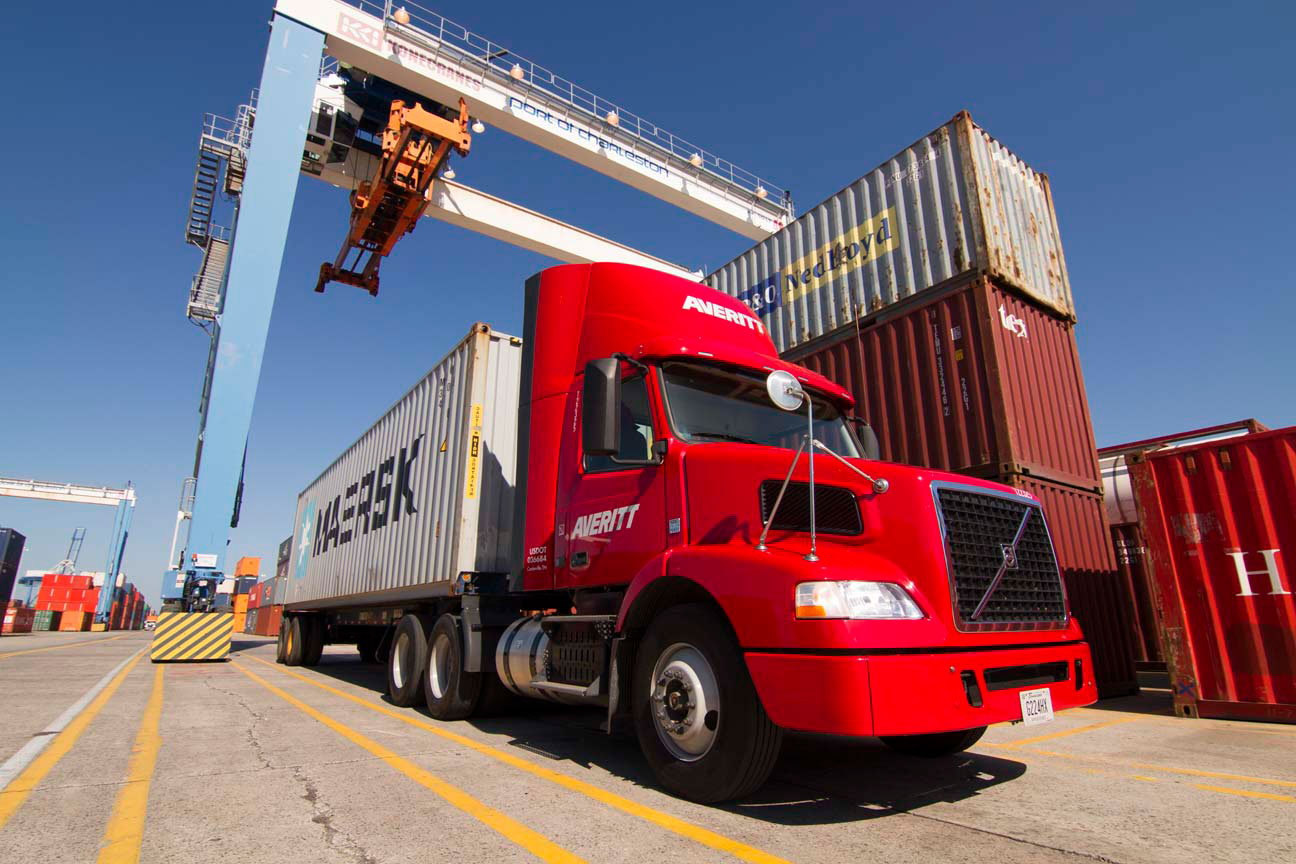
Your supply chain and distribution routes play a key role in the success of your business. Every move that your freight takes can affect your bottom line. In many cases, the use of more than one mode of transportation can actually reduce transit times and cut transportation costs.
Combining multimodal transportation services to move freight from origin to destination, such as intermodal and shorthaul or longhaul transportation, is commonly referred to as transloading.
For many businesses, the stateside distribution process begins with the import of raw materials or manufactured goods, which are delivered from abroad to a port. Once a cargo container is unloaded from a ship, it can either be delivered directly to its destination or it can be transloaded.
Typically, cargo containers are more expensive to haul long distances because they require the use of specialized trailers, which are called chassis. Averitt's PortSide® services team and multimodal specialists, however, are experts in identifying and securing different transportation options that give customers the best opportunities to save on transit costs. For example, we own and maintain our own chassis fleet in many locations, eliminating the need for and expense of outsourcing the rental of this specialized equipment.
The transloading and processing service generally occurs at a facility that is equipped to handle cargo containers and traditional less-than-truckload (LTL) and truckload (TL) trailers. At a transloading point, such as our International Distribution Center in Charleston or one of our many service centers or warehouse sites, freight can be transferred between cargo containers and truck trailers for delivery or even sorted and segregated for regional and national distribution.
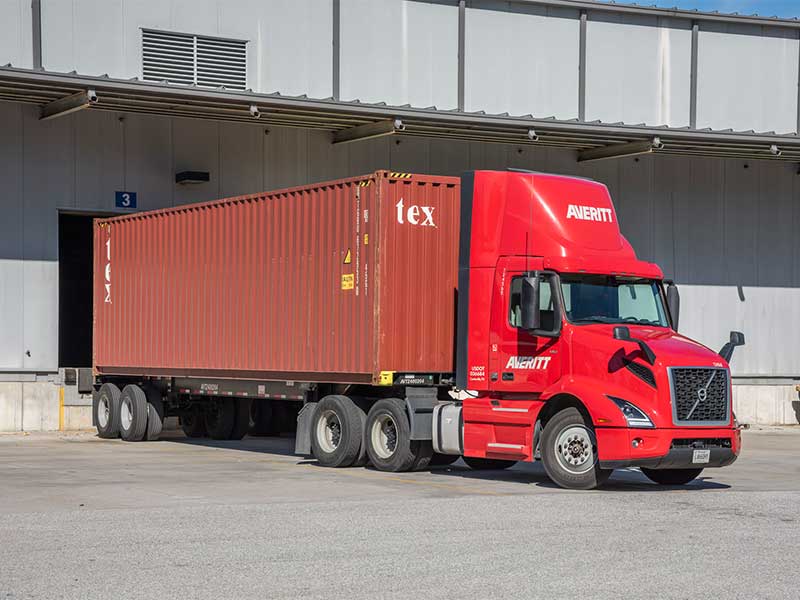
There are several reasons why Averitt's transloading capabilities can help you optimize your supply chain and distribution model, including:
Cost Savings – Transloading allows you to take advantage of more fuel-efficient transportation modes and reduce the empty mileage costs associated with returning ocean containers to the port.
Capacity – Different modes of transportation go through fluxes where capacity becomes tightened. This forces providers to increase their costs. Using the right services at the right time can be a difference of thousands of dollars.
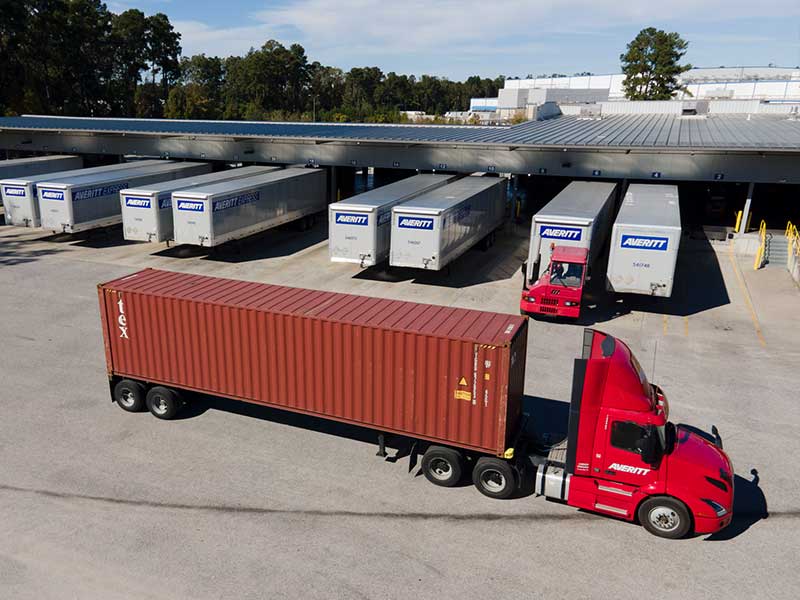
In addition to the locations below, we can provide service at nearly any port across North America and around the globe.
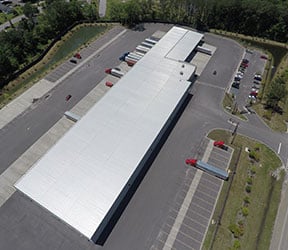
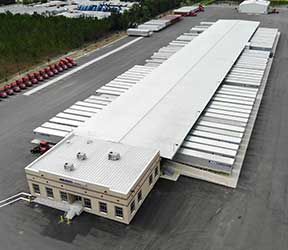
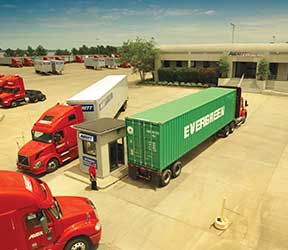
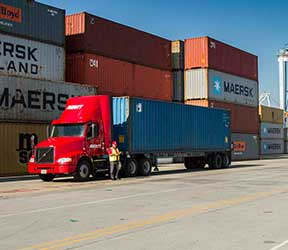
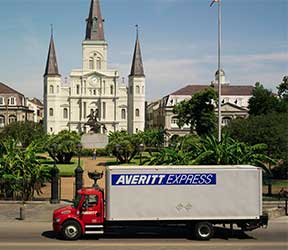
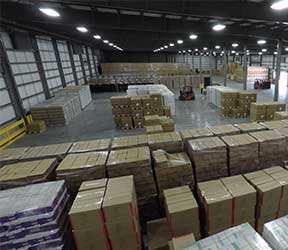
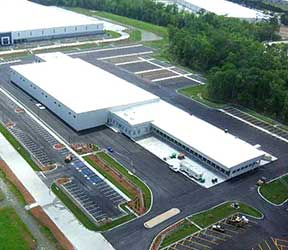
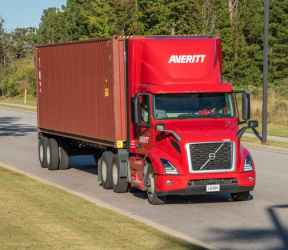


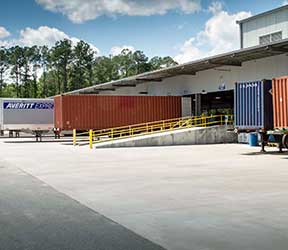
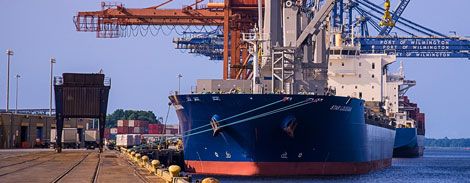
Covering Your Supply Chain Needs At Every Turn!
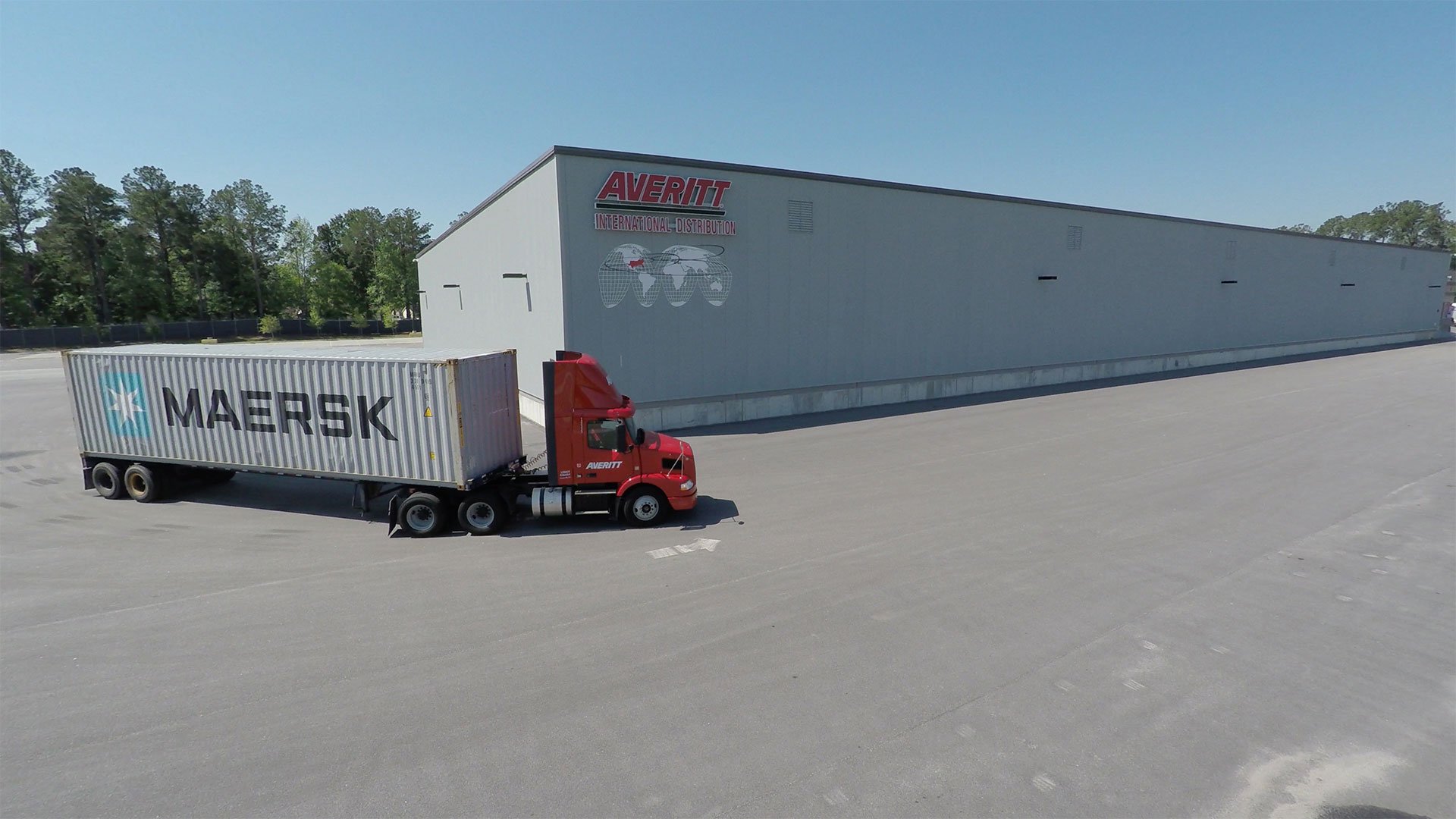

Browse recent articles from our transportation industry blog, Point to Point, including timely information about current industry trends and tips for ensuring that your freight gets from origin to destination safely and securely.
The call to innovate is louder than ever. With every new supply chain disruption—global unrest, port congestion, labor...
A major distributor within the beer and beverages industry with operations across Texas and neighboring states,...
In the debut episode of Beyond Point to Point, host Joe Greek is joined by Averitt’s own Mark Davis, Greg Hallmark, and...